
Evolution can't stop
Art is a constantly evolving medium, with new forms emerging and challenging the traditional definitions of what constitutes art. Over the course of history, many forms of art that are now widely accepted were once considered controversial or even banned from museums and galleries. One such example is photography, which was initially dismissed by many as a mere technical process rather than an artistic expression.
Similarly, in the 1990s, digital art was considered a threat to the established art world, and many museums refused to exhibit it. Critics argued that digital art lacked the aesthetic value and skill required of traditional art forms, such as painting and sculpture. However, as technology has advanced, digital art has become more accepted and even celebrated in many museums and galleries around the world.
Now, history seems to be repeating itself with AI-generated art. As AI and machine learning algorithms become increasingly sophisticated, artists are using these technologies to create works of art that challenge traditional notions of creativity and authorship. However, some critics and traditionalists are skeptical of this new form of art, arguing that it lacks the human touch and creativity that is essential to true art.
These arguments, however, overlook the fact that AI-generated art is not created in a vacuum. The artists who create these works are still making choices about the parameters and algorithms used to generate the art, and are using their own creativity to shape and refine the final product. Moreover, AI-generated art has the potential to challenge our assumptions about what constitutes creativity and authorship, and can lead to new forms of expression and collaboration.
It is important to recognize that every new form of art has faced skepticism and resistance at some point in its history. Photography, film, and digital art were all once considered threats to established art forms, yet they have since become integral parts of the artistic landscape. AI-generated art may face similar challenges in the present, but it has the potential to push the boundaries of creativity and transform the way we think about art.
As technology continues to advance, it is likely that we will see more and more examples of AI-generated art in museums and galleries around the world. It is up to artists, curators, and art lovers alike to embrace this new form of expression and explore its potential for innovation and creativity. By doing so, we can ensure that art continues to evolve and thrive, challenging our assumptions and inspiring us to see the world in new and exciting ways.


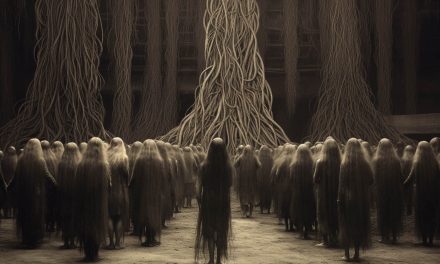
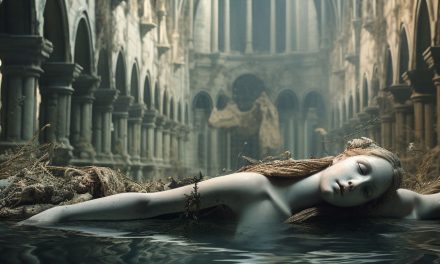


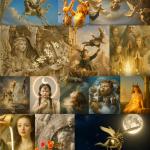

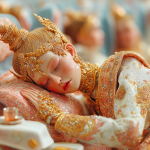
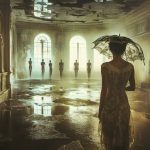
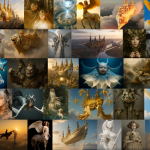
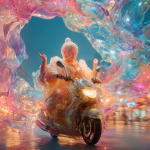






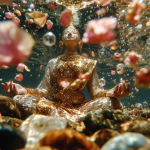
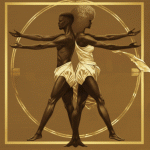

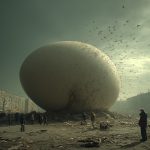

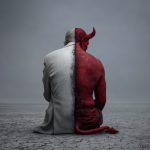



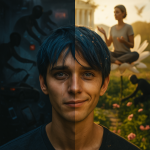
Comments